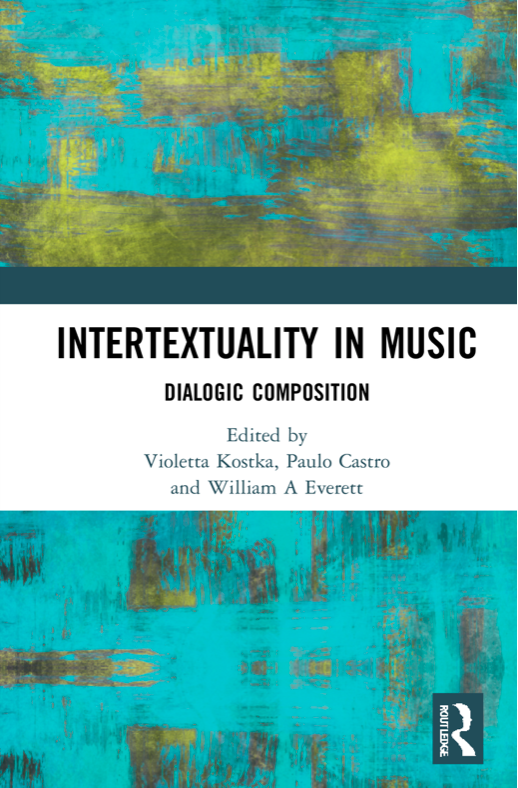Uncanny Intertextuality in Thomas Adès’s Powder Her Face

On 17 June 2021, a chapter by Edward Venn entitled 'Findings, Keepings and Borrowings: Uncanny Intertextuality in Thomas Adès’s Powder Her Face' was published in the book Intertextuality in Music: Dialogic Composition, edited by Violetta Kostka, Paulo F. de Castro, and William A. Everett (Routledge).
Chapter overview:
Thomas Adès has described the use of ‘found’ music within his output in terms of ‘”keepings” … things that are already in one’s cupboard but which you don’t bother to throw out’ (Adès and Service 2012, p. 26). He identifies his early opera Powder Her Face (1995) as an extreme example of how such ‘keepings’ emerge, in which he ‘would write something, it would suggest a borrowing, [he] would push that borrowing into [his] own language and take it to an absurd point of distortion’ (Ibid., p. 27). Adès’s description of such keepings/borrowings emerging from his own musical language via a surrealistic dream-like logic leads him to depict such moments within Powder Her Face as ‘fake quotations, red herrings, pour tromper l’ennemi’ (Ibid., p. 153). The function of these borrowings are, however, more complex than Adès’s account of semi-automatic writing might imply. Scholars have been quick to note that the major borrowings (drawing on music by Carlos Gardel, Stravinsky, Strauss, Berg and Schubert, amongst others; see Gallon 2011 and Stevens 2017) create intertextual links to the source material that have dramatic and expressive connections to the opera that point to far greater intentionality than Adès would have it.
In this chapter I argue that tension between the musical distortions of the ‘keepings’ Adès introduces on the one hand, and the clear narrative function aided by the nevertheless recognisable link to the source material on the other, can be understood and framed with reference to the uncanny (Freud 1919). The ‘return’ of something from the past into Adès’s musical present offers not so much a dream logic (as Adès would have it) but a hauntological logic (Derrida 1994) in which the intertextuality provides a critical function that interrogates Adès’s musical inheritance.
